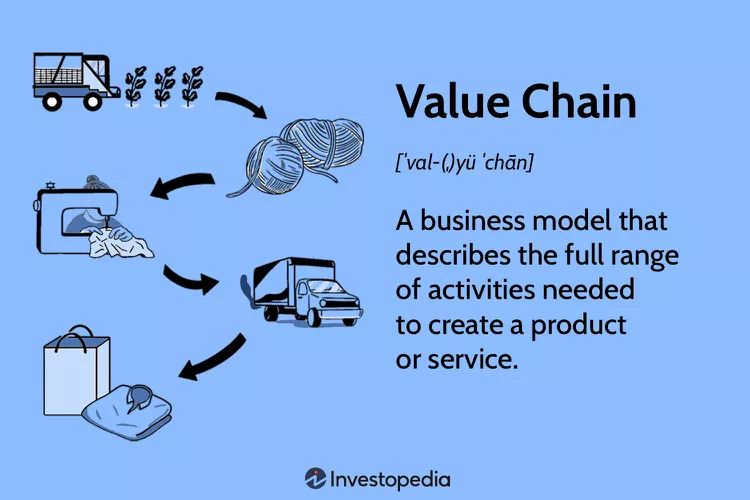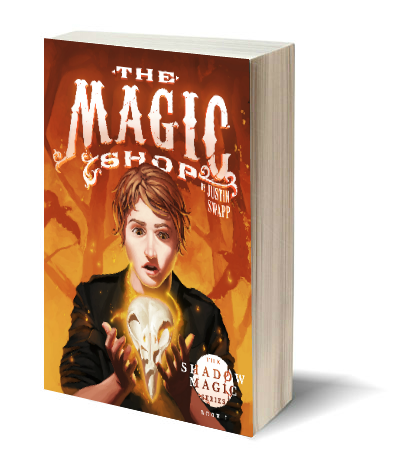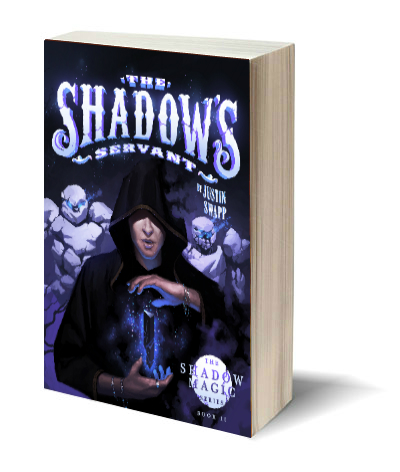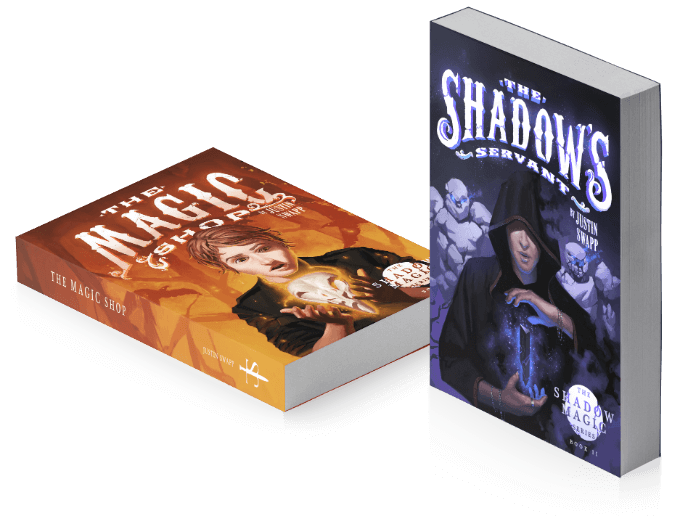
AI Revolutionizing Writing: How Artificial Intelligence Empowers Authors and Writers
If you haven’t heard all the buzz about Artificial Intelligence (AI) and how it has the potential to impact the world, I’d like an invitation to the bubble you’re living in. It’s here, its powerful, and there is a lively, active debate as to whether or not AI is more helpful, or the proverbial beginning of the apocolypse.
For me, I think its more helpful than evil, and you’ve already been using it for years–only perhaps you didn’t realize it.
What is AI?
Let’s start with a brief explanation of what AI is. According to Mirriam-Webster
Artificial Intelligence: noun
1: a branch of computer science dealing with the simulation of intelligent behavior in computers
Examples of AI
If you’ve landed on this page, odds are that you’re either a reader, or a writer. So, here’s a quick and dirty writerly example of AI.
The last time you finished the draft of a document the next step you likely took was to run the grammar and spell checker, right? Of course you did (I hope). You might not have thought of this at the time, but that was AI. The computer understood a set of grammar and spelling rules, and you clicked a button to activate a review of your document against those standards. It returned results in the form of highlighted text that might require your further consideration. This AI saved you the trouble of going line by line to edit the most basic writing dynamics to make your work presentable.
There are tons of other examples of AI in our daily lives, too, that you may have failed to consider. You might unlock your phone with facial recognition—that’s AI. AI is also behind your next Netflix recommendation, Apple’s Siri assistant, Amazon’s Alexa, and your Google maps navigation route.
AI has been here for some time, and we have been enjoying the convenience, and efficiencies it offers. So, why all the buzz?
Next Level AI, and Access
While AI has been around for some time, the common person’s access to it has been limited to the apps that companies created for us. The access you had in Google maps, for example, was limited to the directions and recommendations you were asking it to route for your specific trip.
Recently, though, this access has evolved significantly. You might even say that AI has recently gone mainstream. While there are many AI apps popping up regularly, the one you’ve probably heard the most about is ChatGPT. Why? We’ll, ChatGPT is a kind of universal AI that has a simple chat interface that we’re all familiar with. Its like Google in a chat box but with AI capabilites in its results, and responses. You simply ask it things, or instruct it to do things, and it creates it for you. This is a new level of open, broad AI access that regular people haven’t had until recently.
Now, access is one dynamic driving this buzz, but the capabilities of AI combined with that access is what’s gaining all the attention. The rate at which AI is improving on itself, or, “learning” from from what we feed it (what we ask it, what text examples we give it etc.) is so rapid that its capabilities are growing exponentially.
This is what’s driving the fear, and in one sense, some of its founded. It at leasts merits conversation as there are real questions arising from access to this technology. Mostly, this is rooted in the fear that AI will render humans useless for certain jobs, and therefore impact their livelihoods. This has come up recently with the WGA writer’s strike, and with Artists and Illustrators who have seen their work used via the internet to “train” AI to reproduce art like their own. There are ethics to consider here, for sure.
Then there is the Science Fiction trope of the Singularity – AI improving and evolving at such a rate that we lose control of it, and become subserviant to it. That’s a story for another day, though. Now, let’s talk abou what you came here for. We’re almost there.
The Value Chain and Work Flow
If you read the news, you’ll see that large corporations like Microsoft are investing billions of dollars in AI. Why? No company spends that kind of money on a whim.
Its common business practice to understand the value chain of company. Consider this graphic from Investopedia.
The value chain consists of the entities, efforts, and steps it takes to produce a product or a service for sale; from research and design to shipping and support, and the process by which a company evaluates the value of each of those steps, and the strategies around streamlining, absorbing, and driving efficiences in them.
In other words, if there is an efficiency to be gained by removing a step, or a partner, or acquiring a company in the value chain to reduce margins (costs), or to speed up the time to deliver products or services, then its of an interest to the company. This type of activity, at scale, would be one of the chief merits of AI from a business perspective.
For example, if AI tells Walmart how to ship products to each store in order to have enough stock on the shelves of an item so that it doesn’t miss a sale, but still only ships a truck the minimum amount of trips, then its finding the sweet spot for the cost (in the value chain) of rolling the trick vs keeping items in stock. Its finding the sweet spot for maximizing profits. That’s the punchline.
In today’s digital revolution, writers are entreprenurs, and they have to treat their work like a business. So, that said, let’s talk about work flow with that idea of the value chain in mind.
The Writer’s Work Flow as a Value Chain
Okay, this has turned out to be a lengthy post. Hopefully you’ll see how this background might be useful to understanding AI, and now looking at it through the lens of an author, how your workflow is like a company’s value chain.
The more you zoom out, and consider where to create efficiencies – what you spend your time on, and how much – or said another way, where you offload, or outsource activities, vs spend your actual time, the more you maximize your output, and your success.
The simplest, high level, writer’s workflow I can think of is something like this:
Brainstorm -> Draft -> Edit -> Publish
Now, every writer has their own process, and it can vary wildly. To one writer, it might be the above, to another it might look something more like this:
Jot down ideas in Apple Notes -> Review Ideas to narrow down a list -> socialize ideas with my writer’s group -> Move ideas to a mind map -> develop the mind map and connect plot point relationships -> Decide on POV, setting, character, plot -> write an outline -> write a draft -> Write a second draft -> Share the 2nd draft with a developmental editor -> do line edits -> ship the draft to my editor -> Another draft -> share the draft with alpha / beta readers -> commission a cover artist -> decide on ebook formatting -> Print and trim size formatting -> Consider audiobook channel -> Source a narrator -> determine wide or KDP -> pricing strategy -> promotion strategy -> Marketing strategy -> hit publish
Yes, I went a little crazy in that last example, but that’s not unheard of. In the self-publishing world there is SO much on the author. He wears a lot of hats. So, when we think of the writer’s work flow like a value chain, and we pick that apart, we ask what could AI do to help either cut costs, streamline timelines, or give a humble indie author access to value chain/work flow items he couldn’t afford before in order to increase the quality of the final product?
In spirit of that thought, here are a bunch of ideas for authors to use AI to improve their workflows, or the outputs from their work flows.
Ideas to Revolutionize your Writing Work Flow with AI
Because writing is a creative art, there are really two dynamics by which we could frame this up. You can consume, and you can produce. The consumption consists of the creative process, and the things you do in order to drive that creativity. The production part is the mechanical steps you go through to produce, evolve, and ship the work to your customers and fans.
Here are some ideas to improve your work flow and value chain with AI.
Consume
(Partner with and Absorb AI’s Recommendations)
- Leverage AI to brainstorm ideas for your writing
- Ask AI to inform you about trends in writing, or the marketplace
- Partner with AI as a muse – bounce ideas off it
- Ask AI to give examples of the “voice” you’re going for (what it sounds like, and how to write like that)
- Instruct AI to describe things that you are struggling to articulate (diction, setting etc)
- Ask AI what a character like yours would do in a situation like the one you put them in
- Use AI to overcome writers block
- Have AI research aspects of your story for you, and point you to more resources
- Fact check details in your story with AI (might merit double checking for accuracy)
- Ask AI to give your most effective KDP Keywords
- Use AI to flesh out your world building
- Ask AI to suggest improvements to any basic elements of your writing (Setting, Character, Dialogue, Time, Description, Levity, emotion, etc)
- Have AI improve your cliches, or to evolve them (metaphors etc)
- Ask AI to analyize your writing for reading level (and adjust for your target market)
- Ask AI to simplify your writing (remove ideas that are too abstract, and hard to read)
- Have AI check for plagarism risks in your writing
- Ask AI to check for overly used or repeated words in your writing (to edit them out or develop the text)
- Have AI help you connect the dots or the relationship between various dynamics in your story, or your writing
- Leverage AI to present you with frameworks for how things work, or for you to shape how you think of various dynamics in your story
- Generate ideas for blog posts and articles (if you blog)
- If you’re a script writer, you can ask AI to write the blocking for you
- Leverage AI to write speeches and letters for your characters within the context of the story
- Ask AI to summarize videos or articles for you into bite-sized bits
- Ask AI to create various versions and styles of text you submit for you to compare and contrast
- Use AI to feed you daily news updates on various topics
- Leverage AI to help you explore themes in your book
Produce
(Use and Evolve AI’s Output)
- Tell AI to give you book title, or chapter title suggestions
- Use AI to produce book cover art
- Have AI create chapter header art
- Ask AI to create character art
- AI can create book ornaments for you
- Instruct AI to create marketing (art) materials for you to use on social media
- Get AI to make a Fantasy Map for your book
- Use AI to plot the beats of a scene
- Ask AI to suggest twists in your storyline
- Have AI write the first draft of a query letter, or other communique on your writing/networking journey
- Tell AI to write the first draft of your book blurb, jacket copy, marketing copy
- Speaking of blurb, ask AI to create the short and the long version of the blurb (different outlets want different versions)
- Use AI to produce characters (character traits and details)
- Leverage AI as a plot generator
- Ask AI to proofread your writing
- Get AI to produce an outline for your novel, or scene
- Have AI spell and grammar check your writing
- Have AI put together a writing schedule for you
- Ask AI to produce a marketing plan for you
- Have AI identify contests for you to submit your writing to
- Ask AI to find agents looking for submissions for your kind of book
- Leverage AI to create text and copy for your landing page, or other product pages (depending on where you publish your book)
- Ask AI to generate SEO friendly content ideas and outlines
- Have AI draft one of your social media posts
- Have AI make a scene template for you
- Ask AI to transcribe an audio clip into text
AI Tools for Writers and Authors
There are so many AI tools now that this will never be exhaustive. That said, here are some AI programs by theme that you might find interesting:
Text
- Sudowrite
- Jasper AI
- Frase
- WriterSonic
- Copy.AI
- CopySmith
- Scalenut
- Writer
- Hypotenuse AI
- Article Forge
- Rytr
- ContentBot AI
- ChatGPT
- Sudowrite
- Quillbot
- Sassbook
- Grammarly
- Wordtune
- Authors.ai
- AI Dungeon
Sound
- Even Labs
- Lovo.ai
- Synthesys
- Murf
- Voice Over by Speechify
- Listnr
- Play.ht
- Respeecher
- Speechelo
- Speechmaker
- Otter.ai
- Resemble.ai
- Clipchamp
Graphics and Art
- DALL·E 2
- Midjourney
- StarryAI
- Leap AI
- Fotor
- Craiyon
- Bing Image Creator
- DreamStudio
- getimg.ai
- Runway
- WOMBO Dream
- Shutterstock
- Canva
- Deep Dream Generator
- NightCafe
- Artbreeder
- Picsart
- CF Spark Art
- Jasper Art
- Stablecog
- Pixray
- Prodia
- Let’s Enhance
- DeepAI
Video













